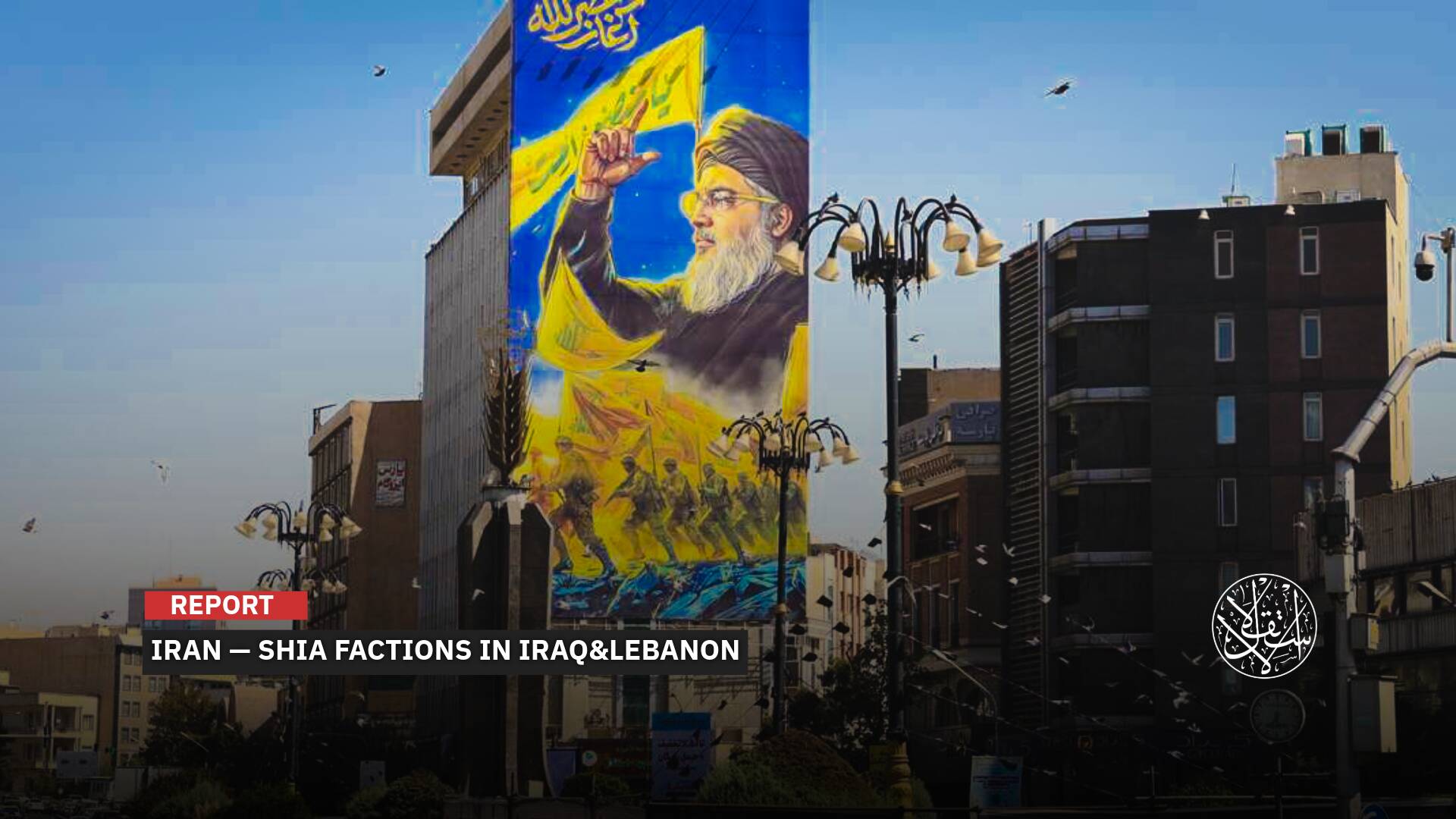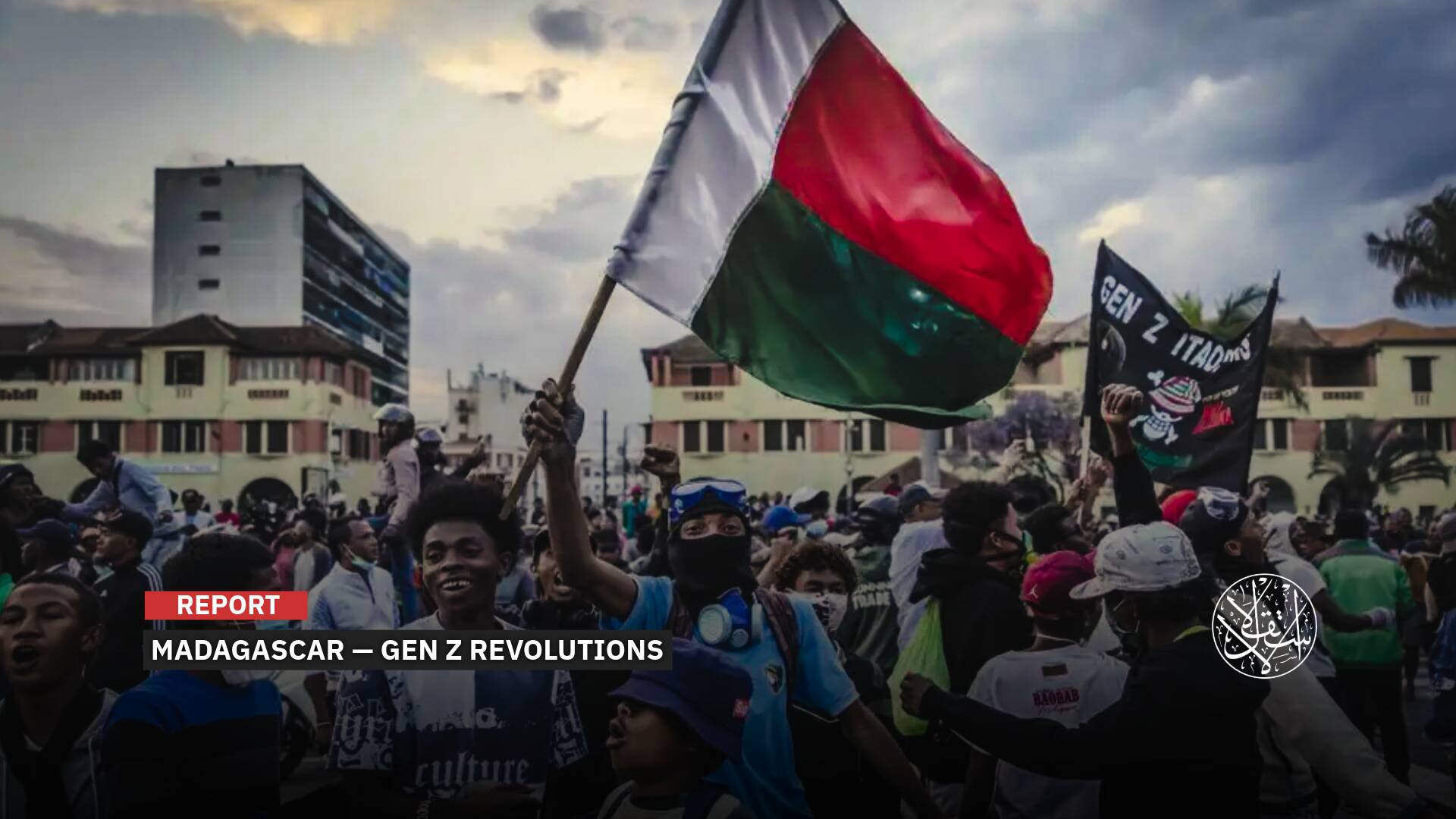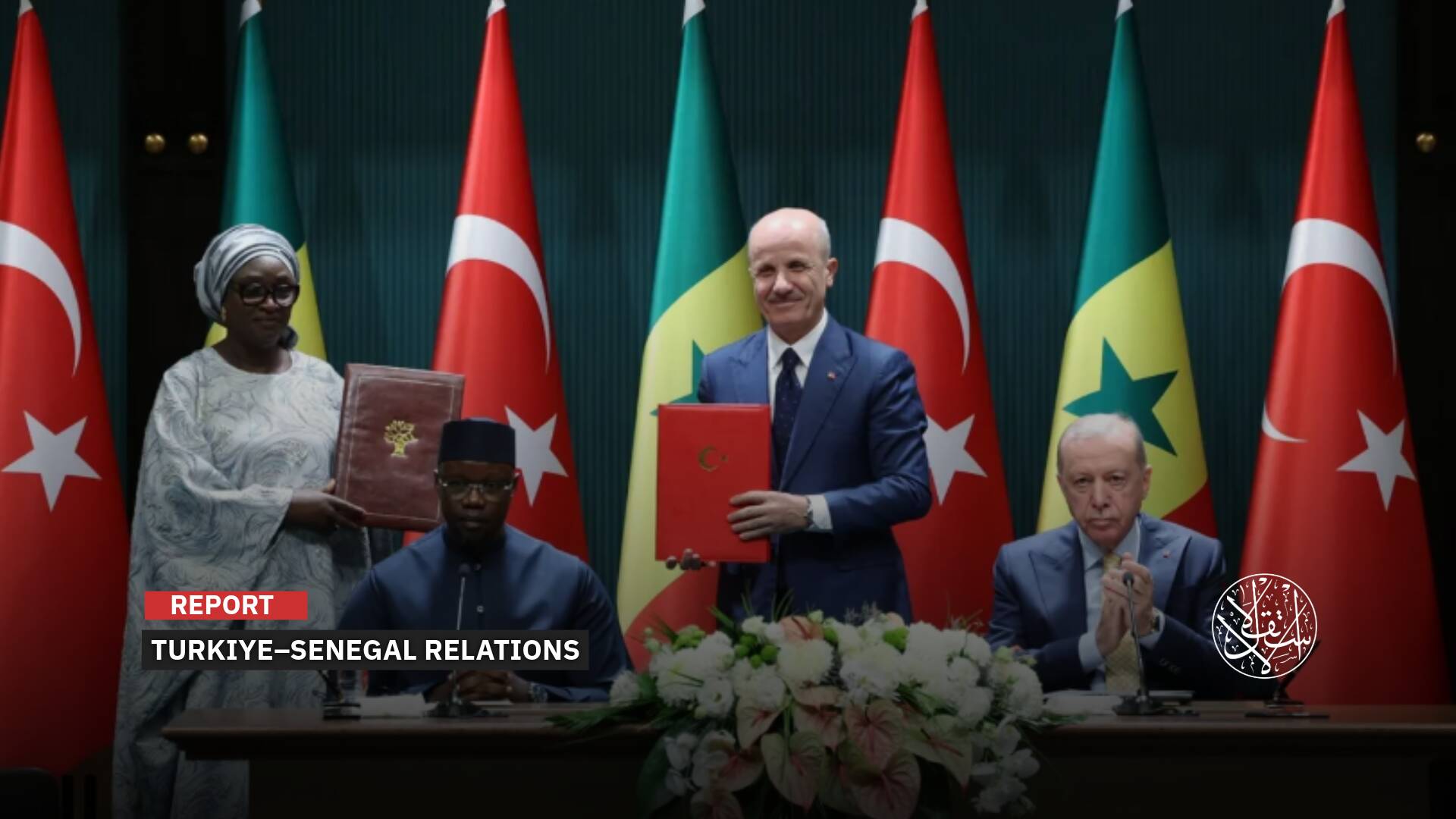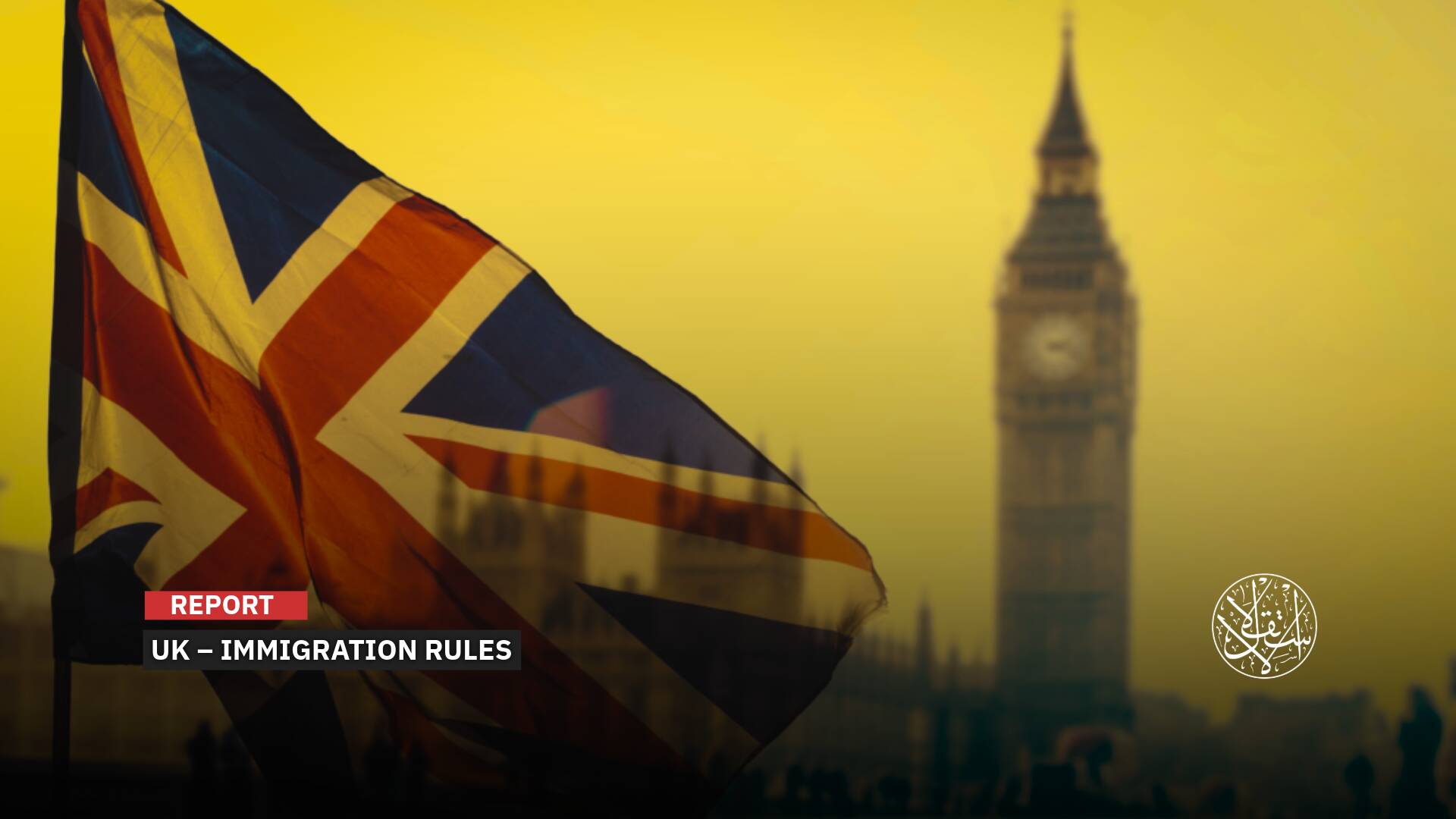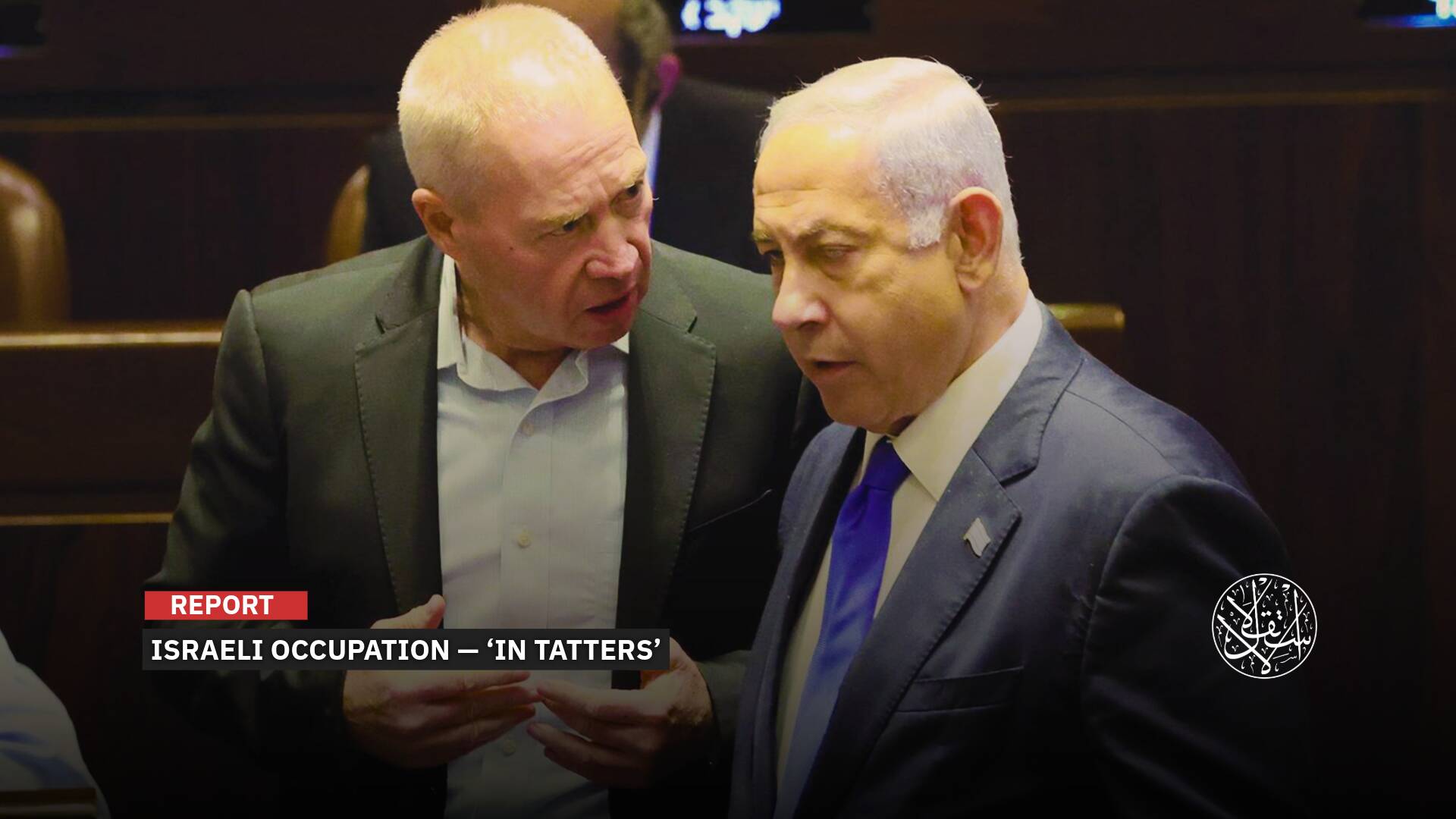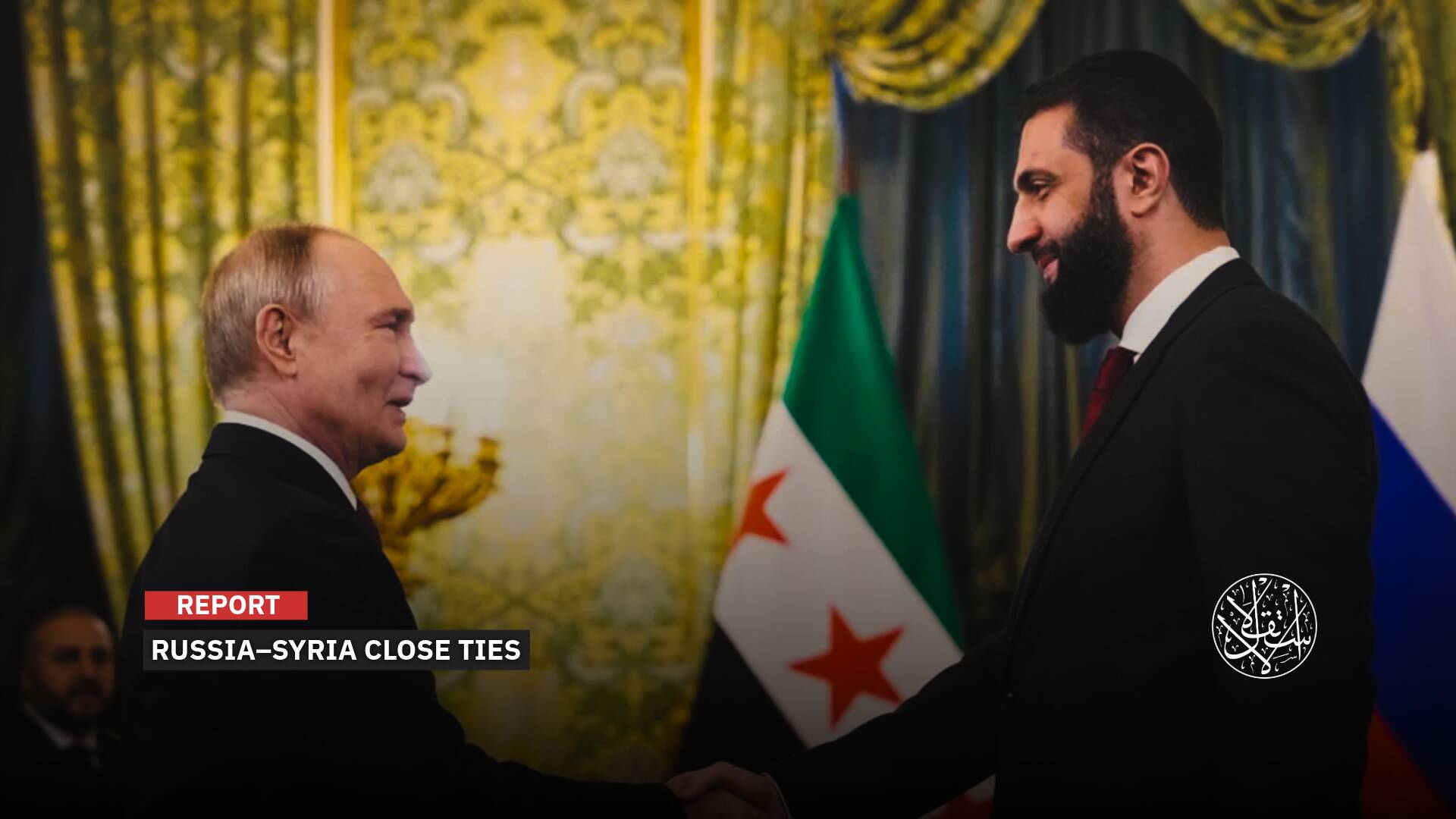Local Currency Transactions: How Successful Have Russia and Iran Been in Breaking the Dollar's Dominance?

Russia and Iran have begun exploring the possibility of transitioning to digital financial assets.
Iran and Russia are pursuing a trade policy aimed at undermining the use of the U.S. dollar, hoping to mitigate the risks of Western sanctions that harm their economies.
Tehran and Moscow have made significant progress in their agreement to exchange national currencies in trade between them since the end of 2023.
“The recent financial agreement between Iran and Russia is a successful example of moving away from the dollar," stated Speaker of the Parliament of Iran Mohammad Bagher Ghalibaf.

National Currencies
During a meeting of the BRICS parliamentary leaders on July 11, 2024, Ghalibaf emphasized, “We must continue to abandon the dollar and use alternative currencies.”
Currency swaps allow both countries to access liquidity in another nation's currency without needing to purchase it in the foreign exchange market.
To break the dominance of the dollar, Iran and Russia finalized an agreement to conduct trade in their local currencies instead of the U.S. dollar, as reported by the official Iranian news agency IRNA on December 28, 2023.
According to information from the Central Bank of Iran, “the establishment of new financial and banking platforms has opened a new chapter in banking relations between Iran and Russia, with both countries agreeing to eliminate the U.S. dollar and trade in their local currencies instead.”
The agreement was completed during a meeting in Russia between the central bank governors of the two countries.
The agency noted that banks and businesses in Iran and Russia are using platforms like non-SWIFT messaging systems and establishing bilateral relationships using national currencies.
In 2023, trade between Russia and Iran amounted to $4 billion. Most of Russia's exports were food products and raw agricultural materials (81%, or $2.2 billion), with 9% being machinery, equipment, and vehicles, according to Dmitry Antonov, Russia’s business envoy to Tehran, in early May 2024.
This is not the first step taken by Moscow and Tehran to “free themselves from the constraints of the dollar.”
In July 2022, Iran and Russia announced plans to use their national currencies instead of the dollar in bilateral trade.
During a meeting in Tehran that month, Iranian Supreme Leader Ali Khamenei expressed the need to abandon the dollar in global trade.
Russian President Vladimir Putin, in turn, noted that the United States is trying to use the dollar as a pressure tool.
He added that Iran and Russia are working to find ways to use their national currencies in their trade relations.
To bolster this position, Iran took a proactive step by signing a free trade agreement with the Eurasian Economic Union, led by Russia, on December 25, 2023.
The Eurasian Economic Union includes Russia, Armenia, Belarus, Kazakhstan, and Kyrgyzstan, with a market of around 190 million consumers.
The union’s agreements grant all its members freedom of movement for goods, services, capital, and labor, and a coordinated policy in trade, energy, industry, agriculture, and transport.
Iranian Ambassador to Russia, Kazem Jalali, stated that the free trade agreement with the Eurasian Union would lay the groundwork for making Iranian trade global and countering the effectiveness of sanctions against the country.
On January 9, 2024, Eurasia Magazine published a report discussing this agreement.
It explained that this initiative is part of the economic strategy launched by Iran in response to former U.S. President Donald Trump’s withdrawal from the Iranian nuclear deal, with Tehran announcing a new vision for a resistance economy.
The Iranian vision focuses on breaking economic isolation, turning Iran into a central hub in global supply chains, and benefiting from its strategic location.
The vision also includes economic openness within Iran's regional sphere, supported by diverse transit lines to free the Iranian economy from the grip of U.S. and Western sanctions.
The magazine also noted that the agreement aligns with Iran’s membership in BRICS and provides significant opportunities for the Eurasian Economic Union countries to access the Iranian market.

Iranian Ambitions
Iranian Central Bank Deputy Governor Mohsen Karimi previously indicated the effectiveness of the national currency exchange agreement between the Iranian and Russian central banks, stating that "it will contribute to enhancing the value of the ruble and the rial, while excluding the dollar from mutual settlements."
On July 9, 2024, the Iranian Students’ News Agency (ISNA) quoted Karimi saying that the monetary agreement between the two central banks represents a channel for comprehensive financial exchange between the countries.
The agreement is seen as a step toward de-dollarization and mitigating the risks of sanctions. It was noted that this measure is not subject to sanctions, meaning that no sanctions will affect the national currencies of either country.
Karimi also highlighted that this will be a strong incentive for Iranian exporters to trade with Russia.
Globally, more than $2.1 trillion is traded, with 60% of central bank reserves in hard currencies held in dollars, according to Agence France-Presse.
When the United States withdrew from the Iranian nuclear deal in 2018 and reimposed sanctions on Tehran, European companies that had invested in Iran became targets of U.S. sanctions.
At that time, Europe established a mechanism to evade these sanctions, but investors hesitated out of fear of provoking Washington.
Since 2018, Iranian politicians have made statements such as, "We will not tie the country's economy and people's lives to the will of the West."
Former Iranian President Ebrahim Raisi was a strong advocate for halting de-dollarization and encouraging the use of local currencies in bilateral trade to enhance economic sovereignty and undermine the U.S. dollar's dominance over Iran.
Raisi stated at a Shanghai Cooperation Organization meeting in March 2023, "Western dominance is attributed to the dominance of the dollar."
“To create a new economic system, it is essential to remove this tool of dominance from global practice and use national currencies for inter-country settlements."
Evidence of Tehran's commitment to undermining its economic dependence on the dollar is shown by Raisi's signing of an agreement with Indonesia in Jakarta in 2023, which eliminated the dollar and instead used their respective currencies for bilateral trade.
In this context, experts confirm that successive U.S. administrations have resorted to explicitly weaponizing the dollar and using the U.S. payment system in recent years to penalize countries such as Iran, Cuba, Venezuela, Afghanistan, North Korea, China, and more recently, Russia.
Iran was removed from the SWIFT system (Society for Worldwide Interbank Financial Telecommunication), established half a century ago, in 2012, meaning it could no longer receive hard currencies for its oil exports.
The blow was severe enough to bring Iran to the negotiating table in 2015, leading to an agreement with the United States to curb its nuclear program.
The United States expelled Russia from SWIFT following its invasion of Ukraine in February 2022.
The U.S. further escalated its use of "weaponized dollar" measures by freezing Russia's access to $300 billion in liquid foreign reserves following the invasion of Ukraine.
Now, influential voices are urging the U.S. government to go further and seize those reserves (acquisition, not just freezing), and allocate them to the Ukrainian government for post-war reconstruction.

Losses, Not Profits
In this context, Maxim Medvedkov, Chairman of the Foreign and International Trade Development Council of Russia, noted that “Russian companies are experiencing losses in trade with Iran after switching to national currency payments."
Medvedkov told the Russian newspaper Izvestia in early May 2024, "Now, due to the inability to settle payments in dollars and euros as a result of sanctions, Russia and Iran have turned to using national currencies."
However, difficulties arise in the conversion process. On average, Russian companies lose about 20-25% on each money transfer due to the discrepancy between the market rate in Iran and the official rate, according to his estimate.
The same newspaper reported that Rahimi Mohsen, a diplomatic attaché at the Iranian Embassy in Russia, said, "Against this backdrop, Moscow and Tehran have begun exploring the possibility of transitioning to digital financial assets (DFAs) and central bank digital currencies. We are talking about tools such as digital rubles and encrypted rials."
Rahimi pointed out that “payments using digital assets and currencies could simplify trade between the countries and potentially mitigate the impact of sanctions.” He added that there is currently no infrastructure or regulations for transitioning to new payment methods.
Given this, it can be said that agreements using national currencies in bilateral trade agreements are increasing and may accelerate the process of de-dollarization.
However, these agreements are still largely cosmetic and are limited by the fact that they involve surplus and deficit countries in these exchanges, as Professor Robert Wade wrote in an article published by the London School of Economics and Political Science in late February 2024.
Wade stated that “the use of the dollar and the dollar payment system as a weapon against countries like Russia and Iran over the past decade has encouraged others to find ways to escape the dominance of the U.S. dollar.”
Surplus countries accumulate monetary assets in the currencies of deficit countries and may be cautious in doing so due to the risk of convertibility and the depreciation of those currencies.
Wade further noted that deficit countries may fear that surplus countries will offload their currencies on international currency markets in search of safer assets.
An example Wade provided was the stalled Russian-Indian trade negotiations in May 2023 over the issue of trading in Indian rupees.
“India wanted transactions to be conducted in rupees, but because the trade balance favored Russia, Moscow feared being inundated with unusable rupees. They reached a compromise with New Delhi paying for Russian oil in UAE dirhams,” he concluded.
Sources
- Speaker of the Iranian Parliament: The financial agreement between Tehran and Moscow is within the framework of abandoning the dollar [Arabic]
- Swap agreement between Iran, Russia, to strengthen national currencies
- Iran’s President Raisi joined BRICS, called to drop US dollar, pushed for multipolar world
- Turn to the East: Iran and the Russian Federation are working on the launch of payments in digital currencies of the Central Bank [Russian]


